
Age of Municipal Optimism




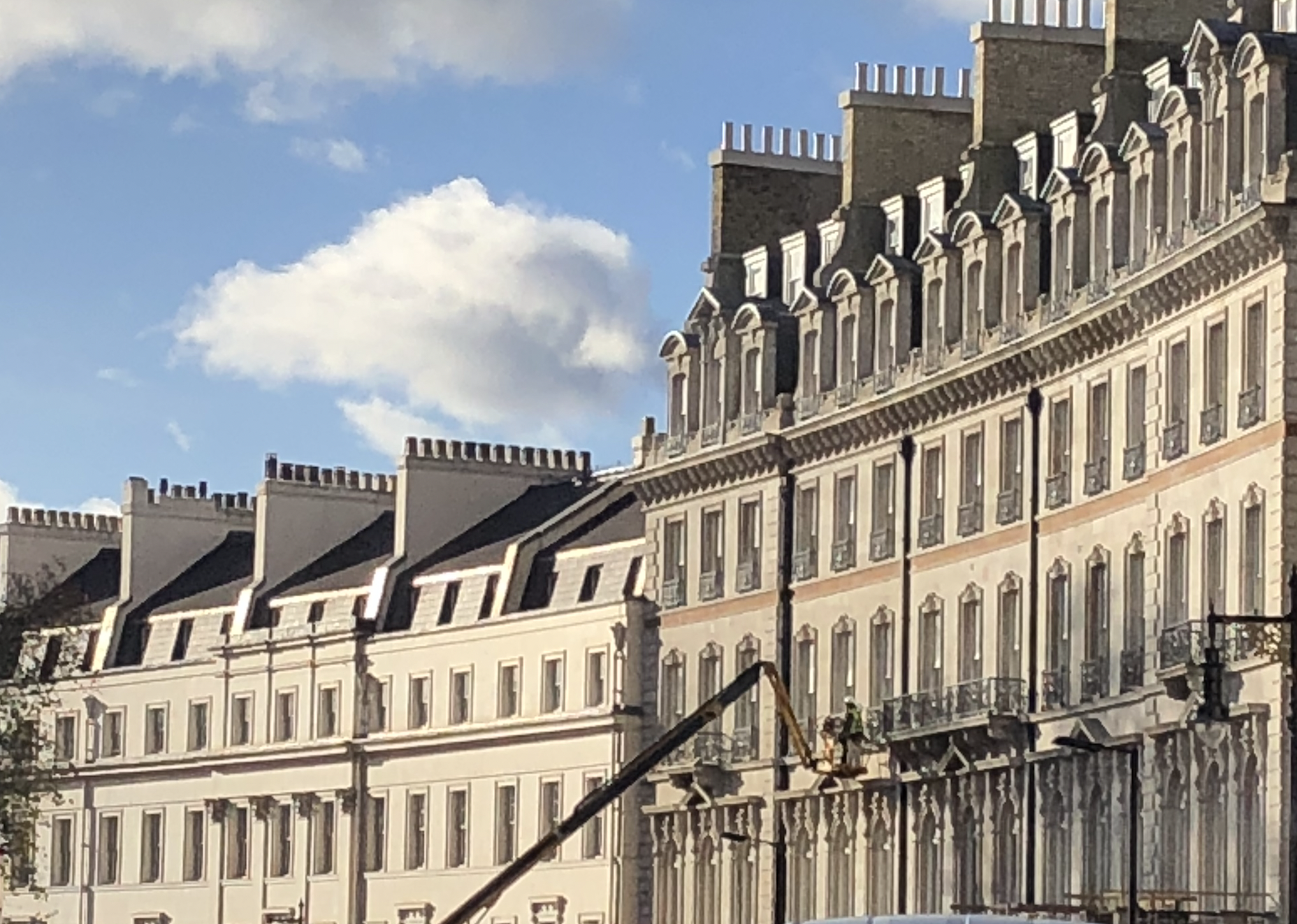
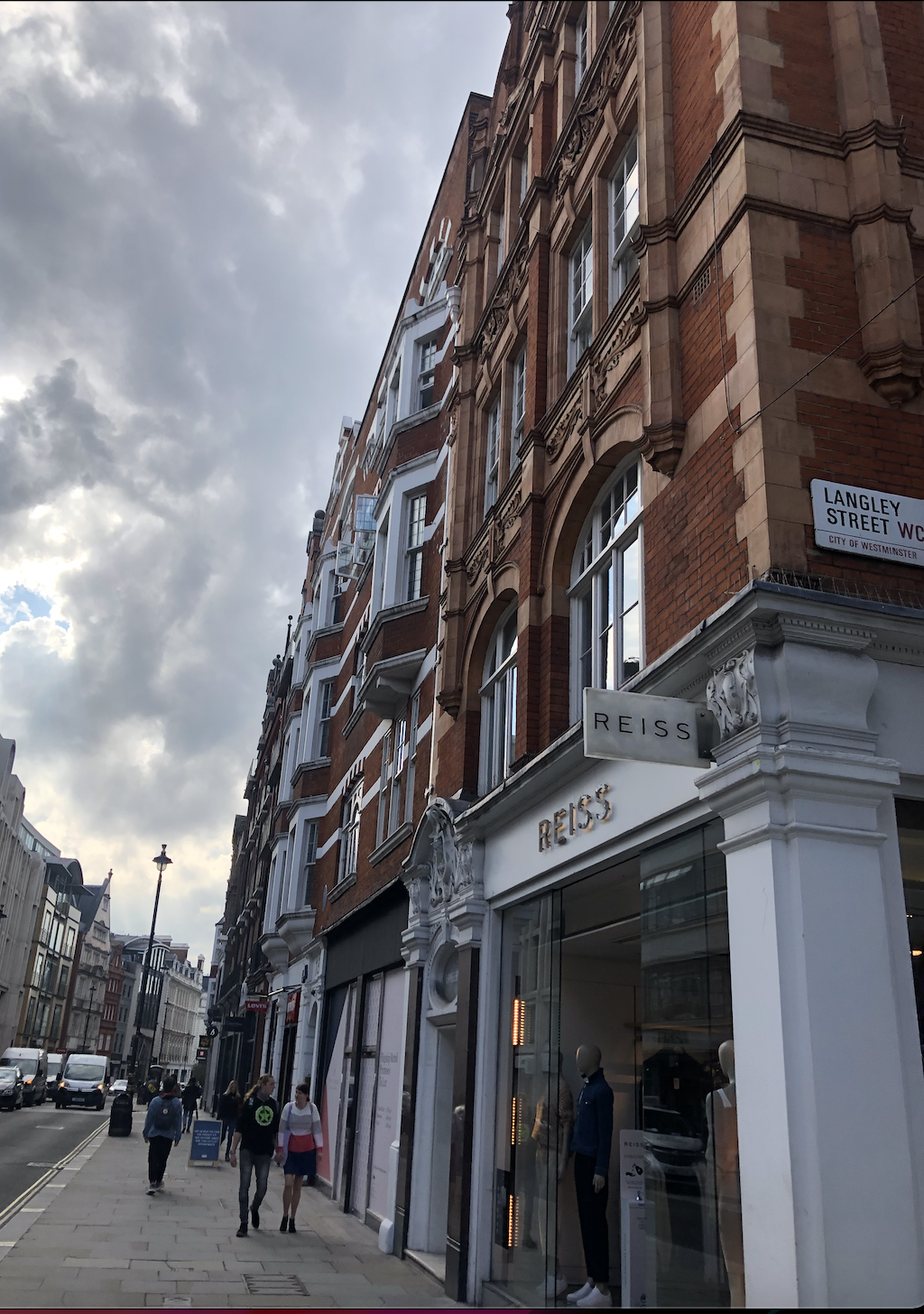
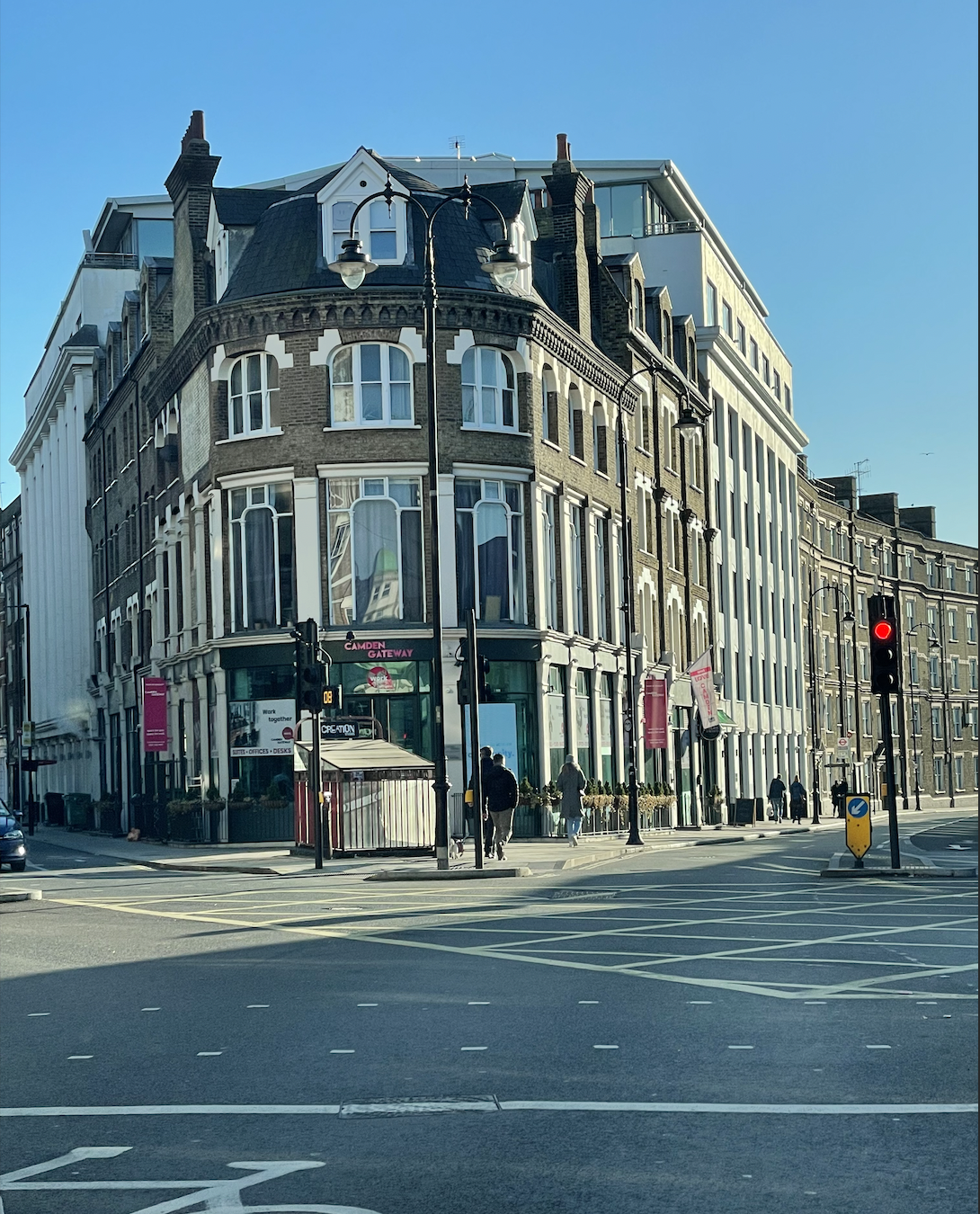

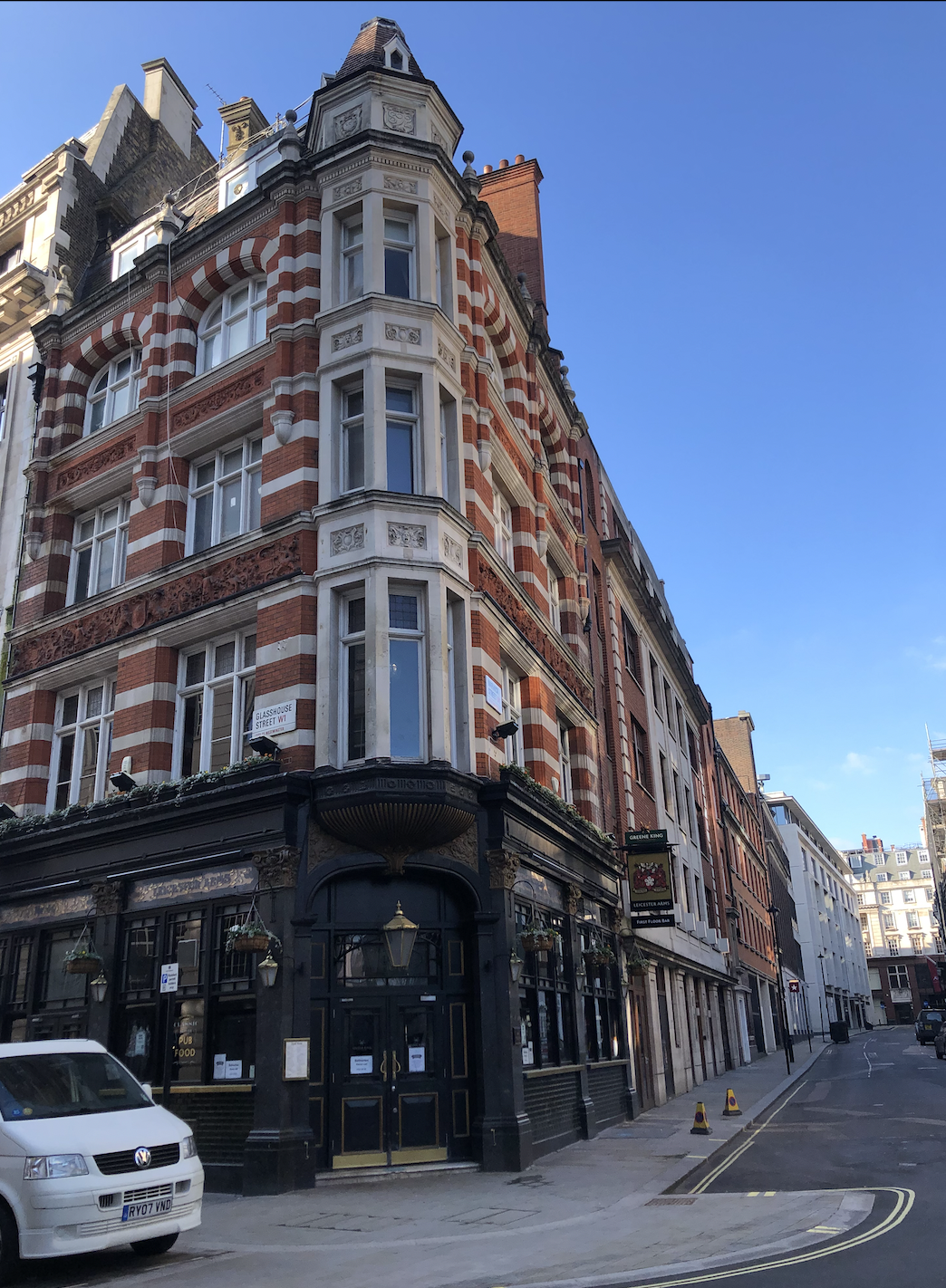
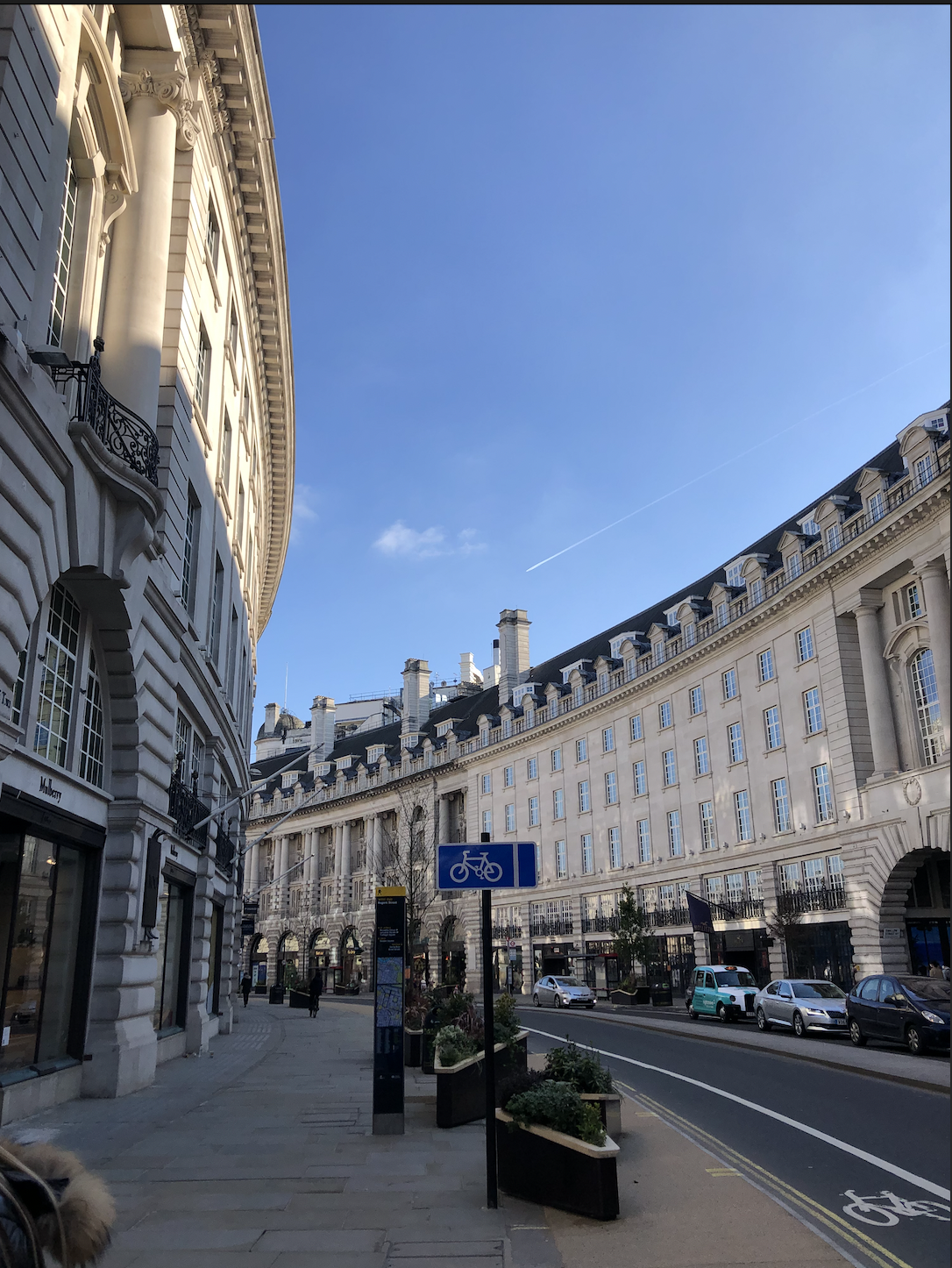
Modernism celebrates the century and its consequences are all around us, built into our everyday lived environments. Its place in Britain’s history is fiercely contested and its role in our future is the subject of ongoing controversy, although modernist buildings have changed our cities, politics, and identity forever.
Own Hatherley applauds the ambition and explores the significance of this most divisive of architecture, traveling from Aberystwyth to Aberdeen, from St. Ives to Shetland, in search of our most important and distinctive modern buildings. We learn how the concrete of Brutalism embodies post-war civic principles, how corporate values were expressed in the glass facades of the International Style, and why Ecomodernist experimentation is often consigned to the geographic fringes. Several numbers of these structures are threatened by demolition.
Owen Hatherley’s six hundred pages of trenchantly opinionated, analysis picturing over three hundred photographs in duotone, and colour, with every era, has its conflicting architectural fetishes. If the 1960s are associated with tower blocks and Brutalism, with renewed affection for Victorian buildings, the stations and town halls, the spires and turrets.
In the 1980s, architects were wrestling in the mud over postmodernism and high-tech, architects building in brick and indulging in placemaking to create a public realm avoiding the excesses of car-centric modern planning. The younger generation is looking wistfully back to an era of plentiful council housing and a crowded sub-culture of concrete fetishism.
In the name regeneration, so much of this historic layer is being lost from the idiotic destruction of the distinctive center of Coventry, one of Britain’s great Modernist set pieces to the decanting, rebuilding, and gentrification of housing estates.
Hatherley, tells the story of lost opportunity and an increasing nagging inability to understand architecture, is longing for an eloquent proselytiser for municipal Modernism, and impending chaos of our urban skylines and the lack of any vision for what our cities might become
Modern Buildings in Britain: A Gazetteer by Owen Hatherley, Particular Books £60, 608 pages.
